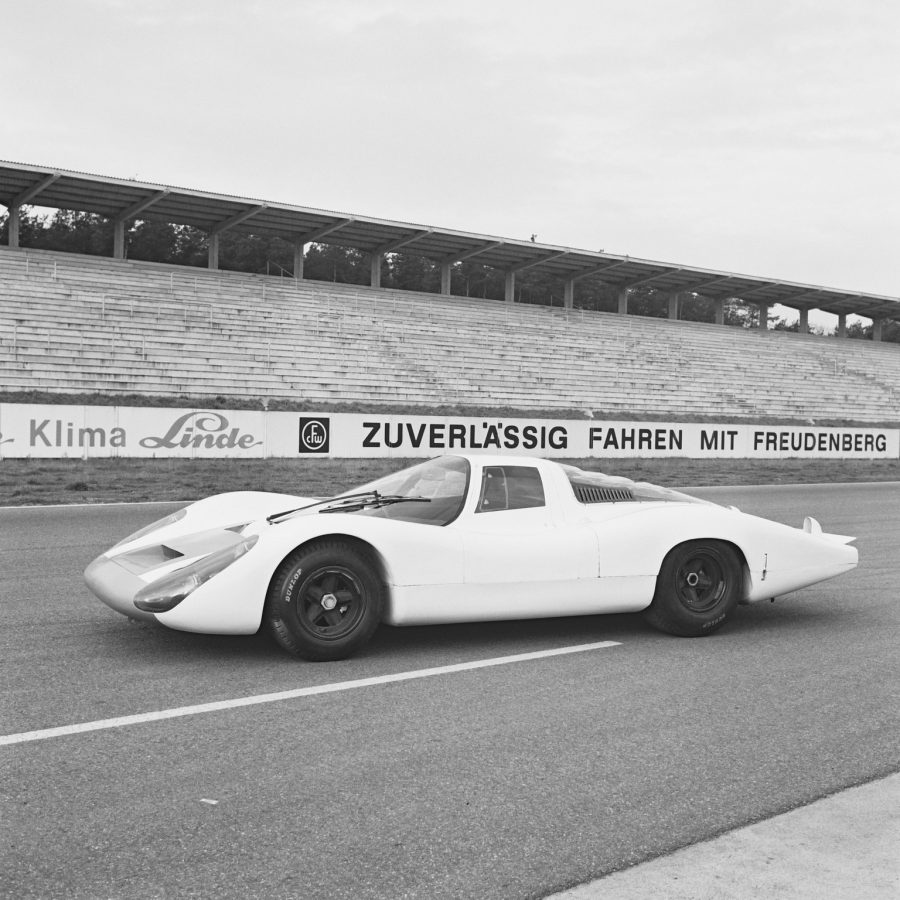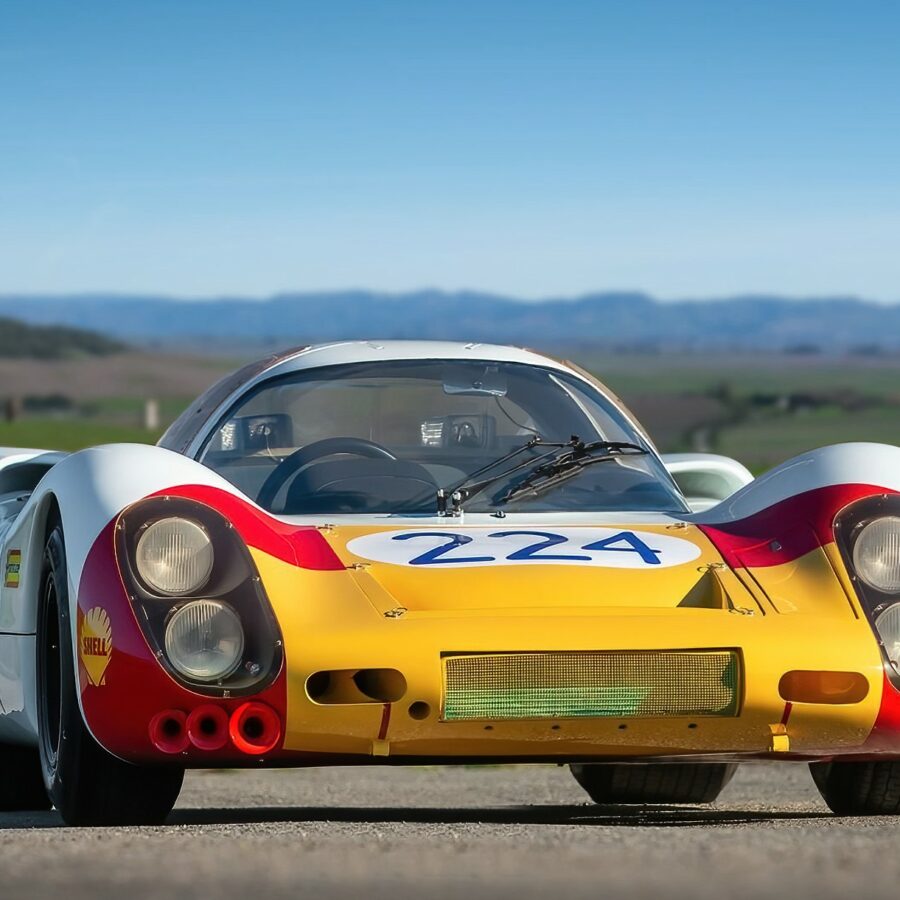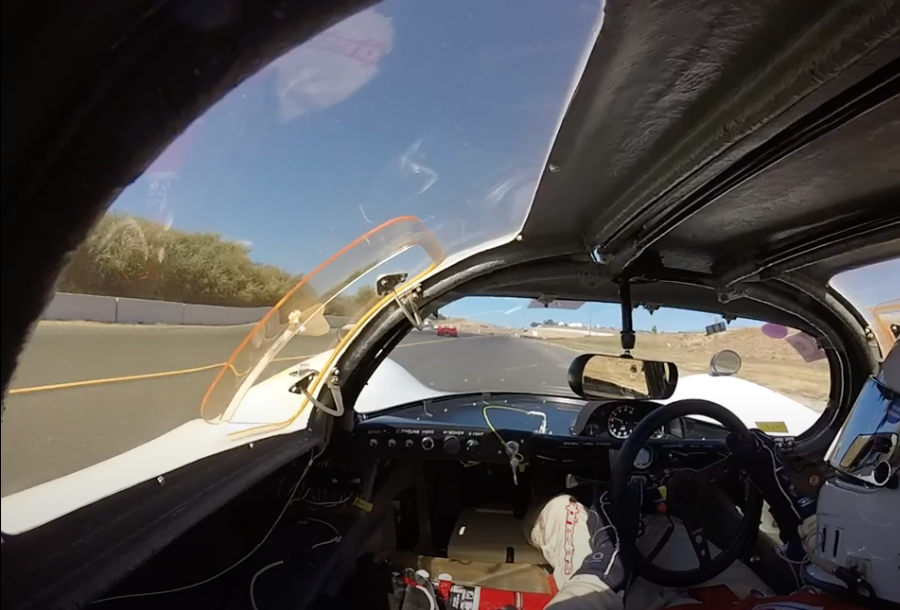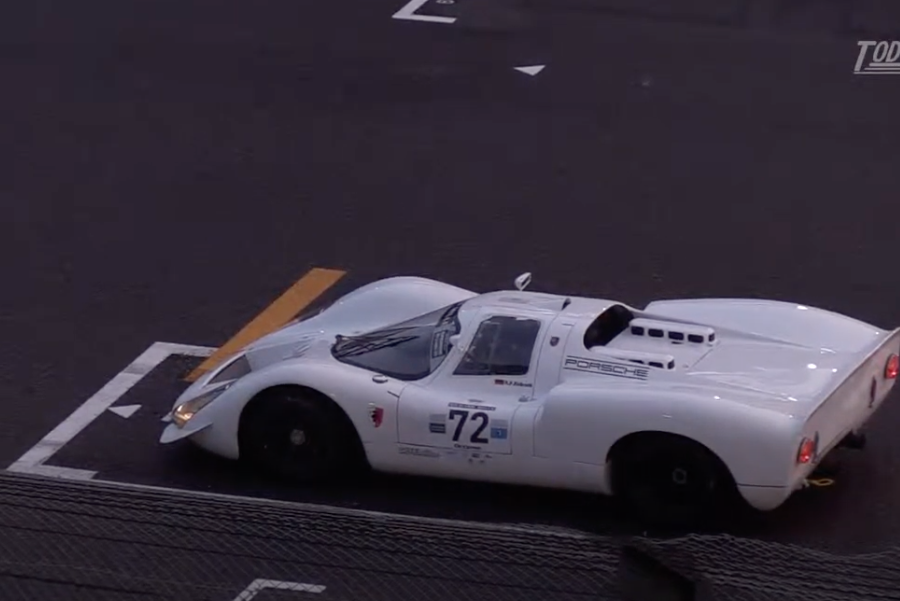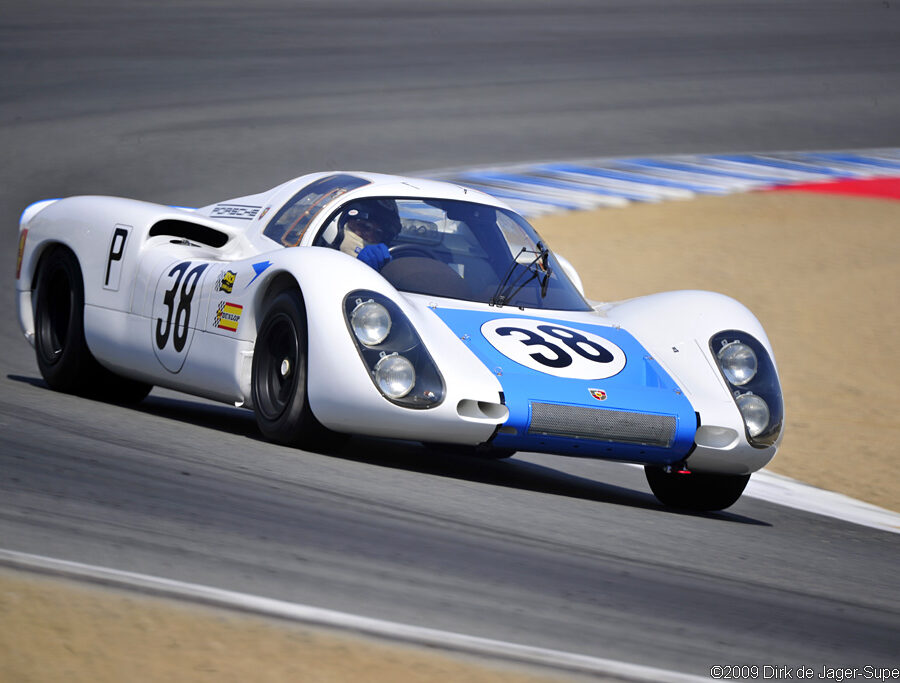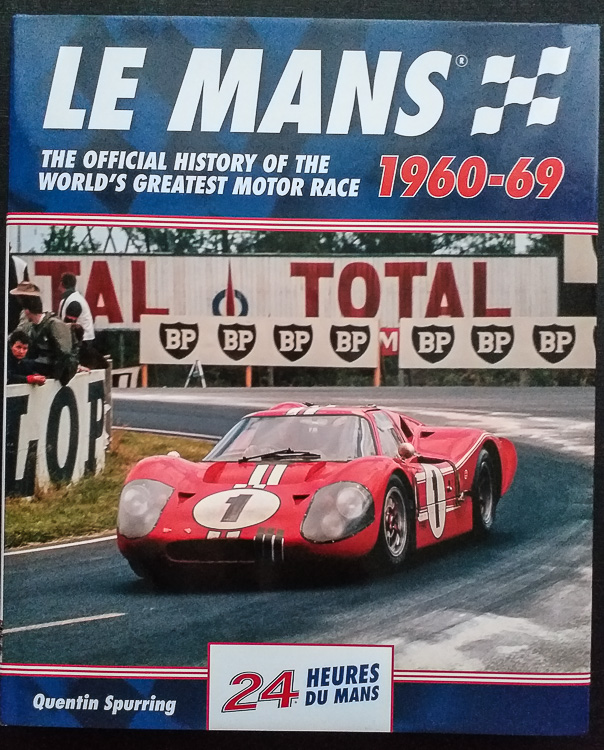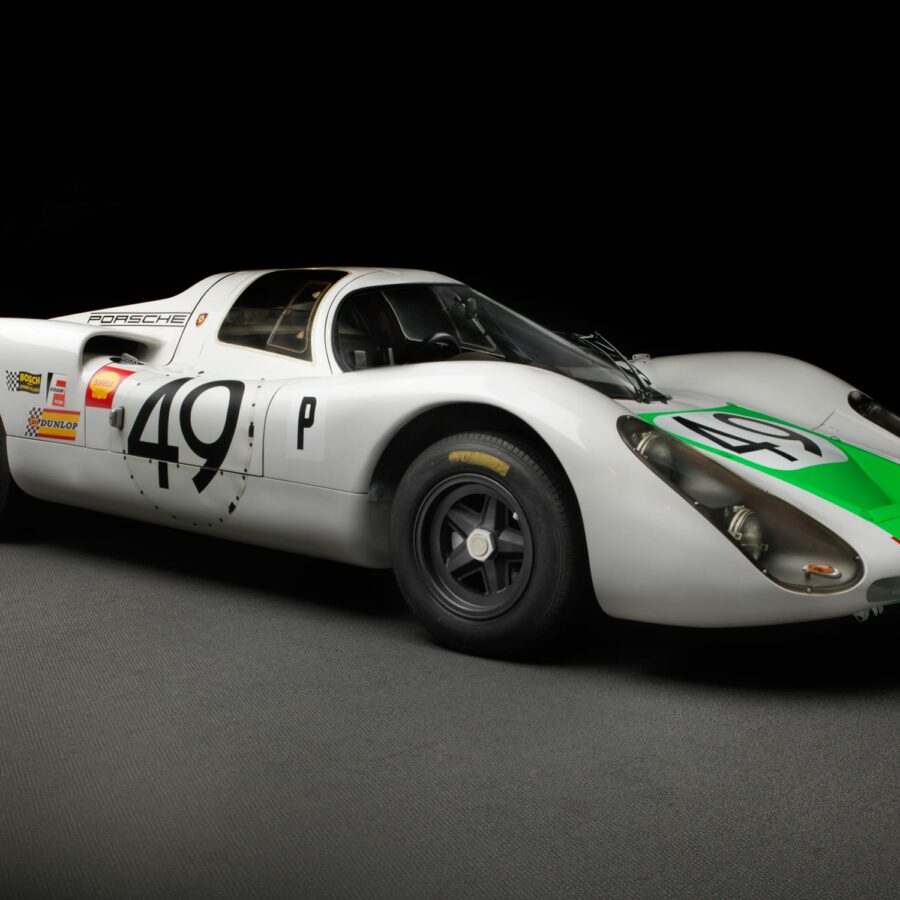FOR SALE: 1968 Porsche 907 K
Rare chapter in Porsche's prototype racing history
Porsche 907 LH (1967 – 1968)
The First Porsche Ever to Win a 24-Hour Endurance Race.
Porsche 907 K (1967 – 1968)
The 907 was conceived and built as a way to win the 1967 Le Mans race.


